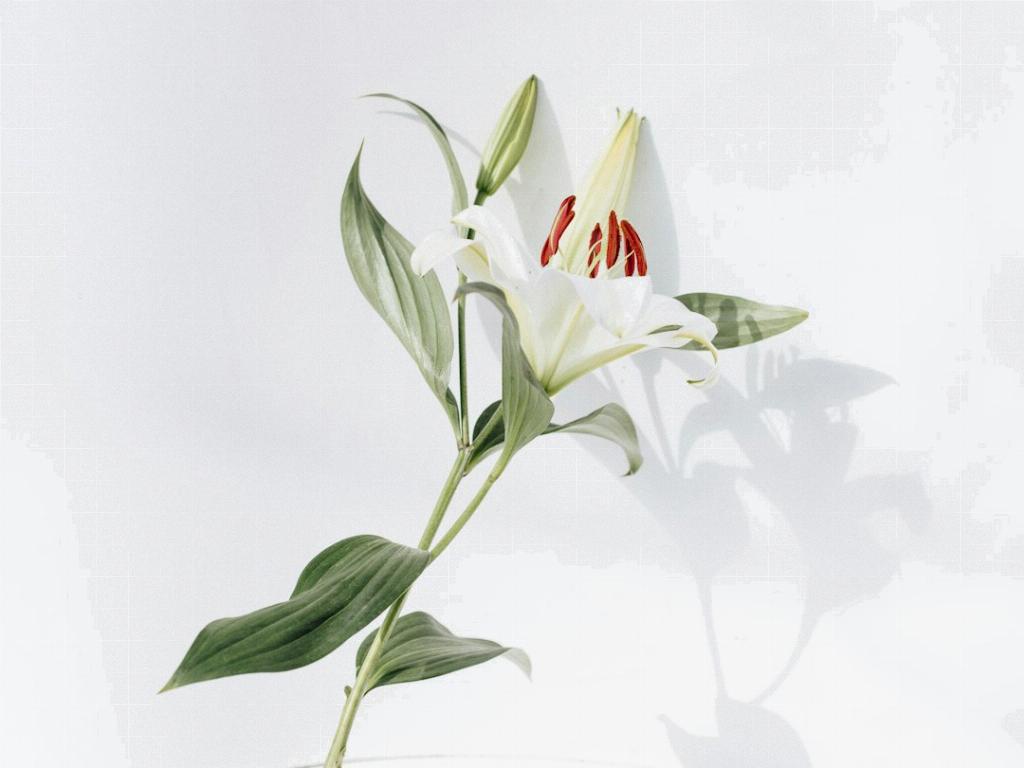When lilies have finished flowering, it is essential to take proper care of the plant to ensure its health and encourage future growth and blooming. Here are some steps you can take to care for your lilies after they have finished flowering:
Cut Back the Stem
One of the first things you should do when your lilies have finished flowering is to trim back the stems. Using clean, sharp pruners, cut the stem back to about an inch above the soil line. This will help redirect the plant’s energy from producing seeds back into the bulb for next year’s growth.
Remove Yellowing Leaves
Yellowing or dying leaves can signal that the plant is nearing the end of its growing season. To promote the overall health of the plant, carefully remove any yellow or dying leaves. This will prevent the plant from wasting energy on foliage that is no longer contributing to its growth.
Divide Bulbs (Optional)
If your lilies have become overcrowded or you notice a decrease in blooming, it may be beneficial to divide the bulbs. Dividing lily bulbs every few years can help rejuvenate the plant, promote better air circulation, and prevent disease.
Apply Fertilizer
After flowering, lilies can benefit from a light application of balanced fertilizer. Choose a fertilizer specifically formulated for flowering bulbs and follow the instructions on the packaging. Fertilizing your lilies will provide them with the necessary nutrients to support healthy growth.
Provide Adequate Water
Consistent watering is crucial for the health of lilies, especially after they have finished flowering. Keep the soil evenly moist but not waterlogged. Proper hydration will help the plant recover from blooming and prepare for its next growing season.
Ensure Proper Sunlight
Lilies thrive in full sun to partial shade, depending on the variety. After flowering, ensure that your lilies receive adequate sunlight to replenish their energy reserves. Position them in a spot where they can receive at least six hours of sunlight per day.
Protect from Extreme Temperatures
Extreme temperatures can stress lilies and hinder their growth. After flowering, monitor the weather conditions and provide protection if necessary. Mulching around the base of the plant can help regulate soil temperature and protect the bulbs from frost.
Monitor for Pests and Diseases
Regularly inspect your lilies for signs of pests or diseases, especially after they have finished flowering. Common pests include aphids, lily beetles, and slugs, while diseases such as botrytis and powdery mildew can affect lilies. Promptly address any issues to prevent further damage.
Prune Spent Flowers
Removing spent flowers, also known as deadheading, can help redirect the plant’s energy back into bulb growth. Trim off faded blooms with clean pruners to maintain the plant’s appearance and encourage the development of new flower buds.
Prepare for Winter Dormancy
As fall approaches, lilies will begin to enter a period of dormancy to conserve energy for the winter. Reduce watering and stop fertilizing as the plant naturally prepares for colder temperatures. Mulch around the base of the plant to insulate the bulbs and protect them from freezing.
Monitor Growth in the Spring
Once spring arrives, monitor the growth of your lilies as they emerge from dormancy. Resume regular watering and fertilizing to support healthy growth and prepare the plant for another blooming season. Stay vigilant for any signs of pests or diseases and address them promptly.

Enjoy the Blooms
By following these post-flowering care tips, you can help your lilies thrive and prepare for a beautiful display of blooms in the future. Enjoy the rewards of your care and attention as your lilies continue to brighten your garden with their exquisite flowers.
